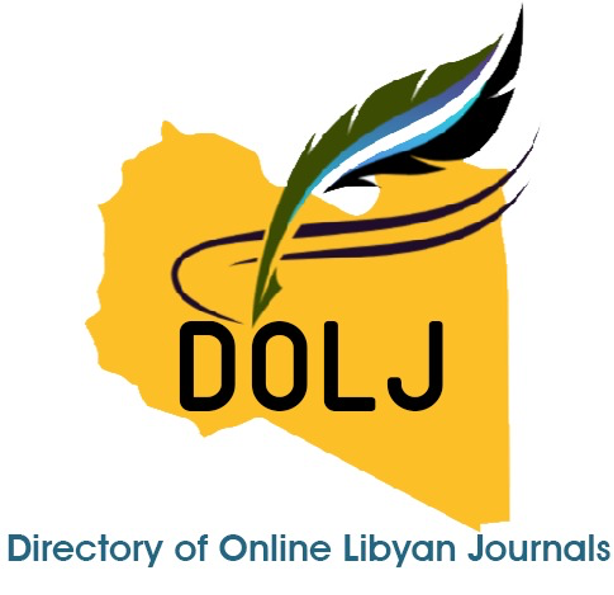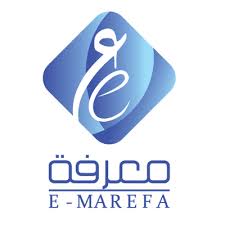Direct Mental Access to Self-Evident Truths
DOI:
https://doi.org/10.36602/faj.2014.n02.11Keywords:
Intuition, Reason, Immediate Knowledge, Intuitive Philosophy, EmpiricismAbstract
Attaining knowledge is one of the defining traits of the rational human being, and thought operates through two main approaches: analytical reasoning, which seeks truth through decomposition and explanation, and intuition, which involves immediate and effortless insight into truths. Intuition, as defined by philosophers, is a direct and swift intellectual apprehension, distinct from rational analysis in nature and mechanism. This research addresses the tension between intuitive philosophy and the dominant empiricist school, which confines knowledge to sensory experience. Since the 17th century, empiricism has prevailed in English thought, as seen in the works of Hobbes, Bacon, and Locke. In response, intuitive philosophers emerged, advocating for immediate access to truth without reliance on observation or inference. The study explores various philosophical positions on intuition: some affirm it as a method of acquiring knowledge, while others apply it in ethics or aesthetics (artistic intuition). The aim is to clarify the concept of intuition, its types, and the diverse philosophical attitudes toward it. The research adopts an analytical approach to trace the development of intuition in a dialectical context and a comparative approach to highlight differing viewpoints. The findings suggest that intuition constitutes a valid epistemological path, offering direct insight into knowledge, as reflected in Avicenna’s definition of intuition as the swift transition from the known to the unknown.
Downloads
Published
How to Cite
Issue
Section
License
Copyright (c) 2014 فيصل الخراز

This work is licensed under a Creative Commons Attribution 4.0 International License.
All works published in this journal are licensed under the Creative Commons Attribution 4.0 International License (CC BY 4.0), which permits use, sharing, adaptation, and redistribution for any purpose, including commercial ones, provided that proper credit is given to the original author and source, a link to the license is provided, and any changes made are indicated.
















